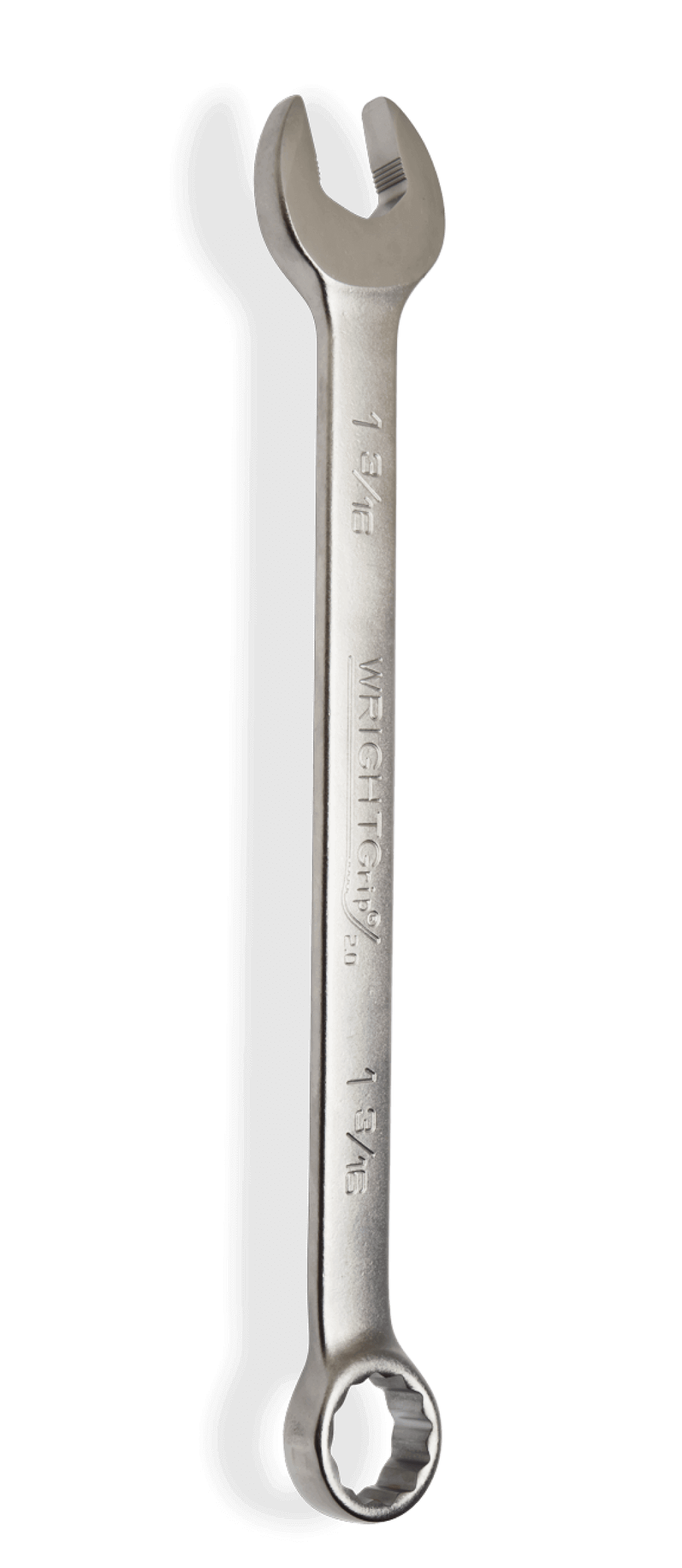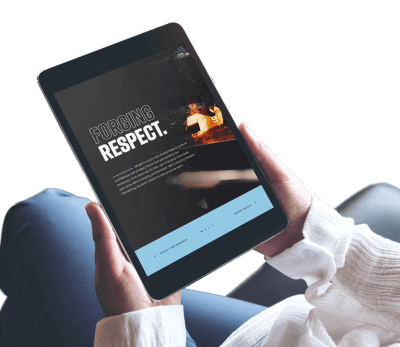September 12, 2022
Tool Safety Tips
Safety, getting the job done and costs are all important – but in just that order. Shortcuts, substitutions and the use of cheater bars are not worth the risks involved. The cost of a few additional tools is far less expensive than the cost of an accident and the accompanying pain and delays.
The following recommendations provide basic considerations for safety on the job site. Although you may be familiar with some of these tips, it’s always a good idea to review them – and brush up on the ones that are unfamiliar!
- Always Wear Safety Goggles to Protect Your Eyes.
Eye protection cannot be stressed enough as a safety basic. A small metal shard can cause extensive damage, even blindness. ALWAYS wear safety glasses with side shields. Other basics that are common are hearing protection, hard hats, steel-toe boots or shoes, work gloves and back support.
- Don’t Wear Loose Clothing.
Loose clothing is a common safety infraction. Large or oversize sleeves, shirttails or pant legs can easily get caught in machinery leading to serious injury or even death.
- Never Use Cheater Bars.
Do not use cheater bars or any other means of increasing leverage. Striking wrenches are the only wrenches that can be struck with a hammer. The use of a cheater bar can also result in component damage that can, in turn, harm workers. Use strike-free wrenches, a slugging wrench, or a torque multiplier for applications that require extra torque or leverage.
- Inspect and Discard Bent, Worn or Cracked Tools.
Tools should always be inspected before use! Look for any damage such as cracks and bends. Damaged tools will have the potential to break during use causing injuries. Never use tools that show excessive signs of wear. Discard any tools after normal service life and replace the tool.
- Use the Correct Drive Size.
Choose the largest possible drive size–it is stronger and safer. A smaller socket can be less expensive and will work in the tightest space, but the handles are too short for heavy loads. If the handles were longer, the drive square would twist off before the fastener was fully tight or a tight fastener was removed. Most of the time, the best way to choose a drive size is by choosing a drive with handles long enough to provide the required leverage, but not so long that the fasteners will break from overloading. Ideally, sockets should be designed so that each larger drive has stronger and larger sockets.
- Use the Correct Socket Size.
Do not use metric sockets on inch fasteners or vice versa and place the socket all the way on the fastener. Using the incorrect socket size will lead to the fit not being good enough. Never choose a socket that improperly fits the fastener. Choose metric for metric and SAE for SAE. Also, make sure the socket is secured onto the piece—if it’s not tightened, it could come loose and cause potential damage.
- Avoid Over-Torquing.
When torque is applied to a fastener and it is tightened, it will take an increased amount of torque to further tighten. Most users tend to over-tighten fasteners in hopes that it will prevent them from loosening, however, this will cause damage to the fastener. A torque wrench will permit tightening to the exact torque required for best performance and safety.
- Do Not Use a Torque Multiplier When Removing Fasteners.
The removal torque is often more than twice the tightening torque; a torque multiplier can easily be overloaded and cause damage. Torque required for removal can be two to four times higher than installation and will need a precision instrument like an impact gun, breaker bar or striking wrench.
Utilizing these must-do safety tips will contribute to a safer and more efficient work environment. Not using tools properly invariably leads to accidents and negatively impacts the job you’re working on.
For more information on safety and to sign up for our safety program, visit https://www.wrighttool.com/safety.






